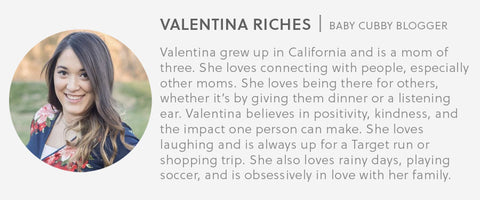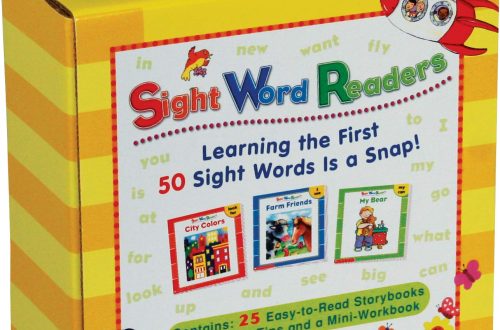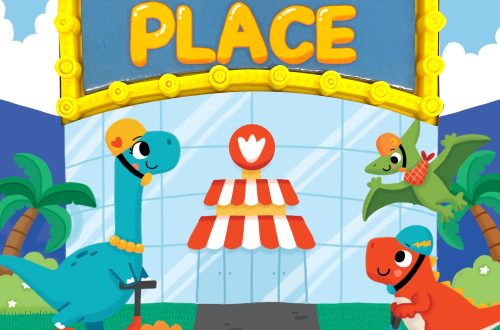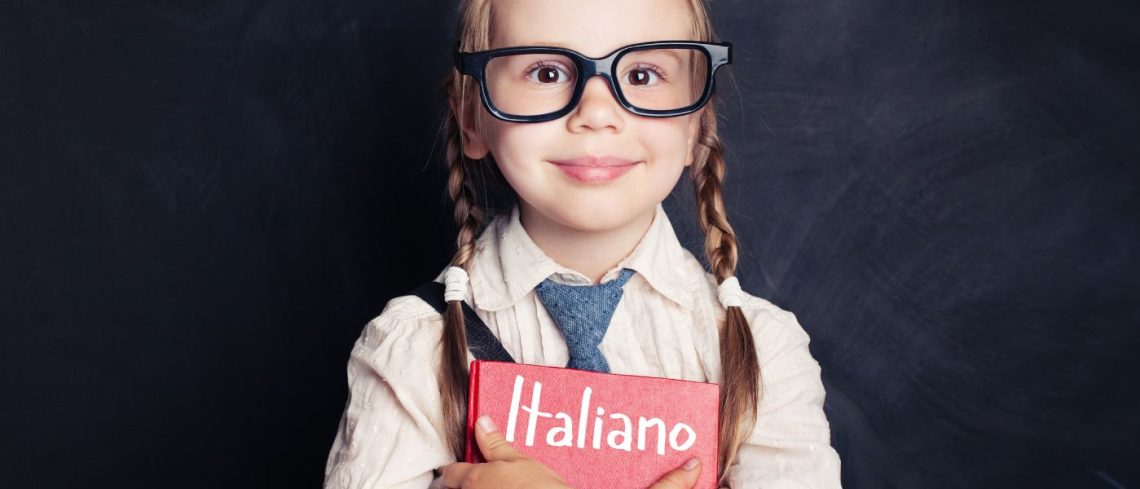
Should I Teach My Child a Second Language? – The Baby Cubby
Something truly beautiful about the country (and the world) we live in is that it’s a big melting pot of cultures, and with those cultures come different languages. Whether it’s through our own families, travel, friends, work, or everyday life, we have a lot of opportunities to interact with people who speak other languages. Besides being able to communicate, there can also be a lot of emotional and academic benefits to learning another language–especially for kids! So if you are interested in your child learning another language, you’ll want to put on your reading glasses as we share the important benefits of learning a second language as a child. We’ll also break down the myths you might encounter that would deter you from teaching your child another language.
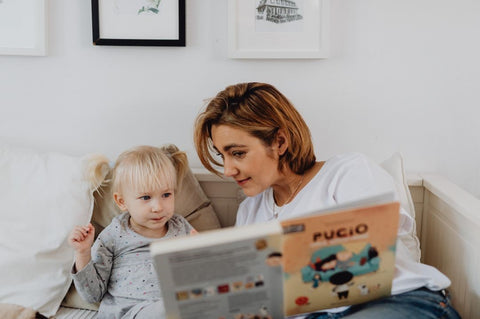
Benefits of Learning a Second Language
According to Oren Boxer, Ph.D., neuropsychologist and advisor at BumoBrain, “Children who are raised with at least two languages have been found to have greater social understanding.”
A 2013 article in Learning Landscapes Journal found that bilingual kids tend to demonstrate empathy better than their monolingual peers. Specifically, bilingual children were advanced in understanding the following:
Other perspectives
Other thoughts
Other desires
Other intentions
Tone of voice
Not only is empathy a good benefit, but it’s also really great for your child’s brain development. Children who are bilingual are better at planning, problem-solving, concentration, and multitasking, shift attention, switch between tasks, more creative thinkers, and appreciation for other cultures.
Honestly, I could go on and on about all the benefits I have personally found, but they are backed up with research too!
Other benefits include:
Infants immersed in a dual-language environment have demonstrated their advanced executive functioning as young as 7 months old when compared to monolingual peers.
Bilingual children may also have an advantage in school, including literacy. Studies have shown that when a child learns a second language they show accelerated progress when learning to read compared with monolingual peers.
How Do I Help My Child Learn Another Language?
We have just scraped the surface when it comes to benefits of learning a second language! If you’re already convinced it’s something you want to do with your child, you may be wondering how you and your child can get started.
Here are some tips:

1. Get Started Early
The great thing about introducing a second language to your child is that there is no minimum age that you can start. You can even start speaking to your baby while they are in your tummy. Language acquisition begins around 30 weeks in utero! Children who experience two languages from birth (or at a very young age) typically become native speakers of both.
Children’s minds are like sponges–they easily soak in so much information. Young children develop language skills rapidly, and they quickly absorb whatever they hear, even learning some skills and information better than adults do. It’s been proven that it is easier for children to learn another language than it is for adults, who have more difficulty acquiring the proper accent and grammar.
2. Look for Tools
The great thing about learning another language is there are lots of helpful tools to help in the teaching process.
You can check out bilingual books at your local library, have playdates with bilingual friends, have screen time in the second language, or even enroll them in dual immersion programs at their schools. By simply exposing your kids to these basic and lasting forms of education, you can strongly impact their knowledge of the new language!
3. Work with Them
Don’t just leave it to other people and tools to teach your child, but genuinely take an interest with them as they are learning (especially if you don’t know the language yourself). You can download an app like Duolingo or even take your own language class to help you learn.
Showing interest in their learning helps encourage their own enthusiasm, as well as making it a fun bonding experience for you both. If you know another language, speak the language you want them to learn as much as possible with them, at home, in the car, or anywhere. The more they practice, the more they learn, and it becomes second nature for them.
4. Start Slow and Easy with Realistic Goals
Not only is it important to make it fun for your child to learn a new language, but you should also keep in mind your child’s age, and remember that learning a new language can still be tricky at times no matter how old they are.
You can introduce bilingual basics by pointing out to your child that objects can have two names. My oldest and I started a goal of starting to take Spanish for 15 minutes every day, and as time has gone on, our little goal has grown and we spend even more time learning, and it’s still fun! Those small steps now can help them acquire a big vocabulary and knowledge over time!
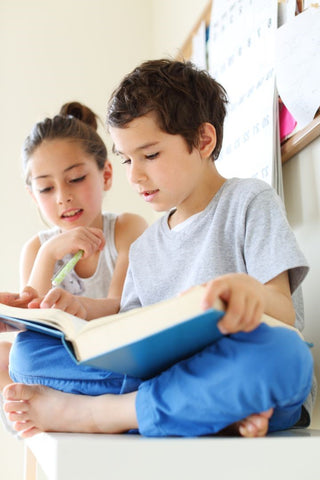
Let’s Bust Some Language Learning Myths!
It has been said that teaching your child another language will confuse them and keep them from learning their first language effectively, but after much research, I am glad to tell you that this is a myth for the most part, and here’s why!
According to TheConversation
We found that the bilingual babies showed an equally strong brain response to English sounds as the monolingual babies. This suggests that bilingual babies were learning English at the same rate as the monolingual babies.
When kids learning a new language start switching back and forth between their languages occurs (a phenomenon known as code switching), it can make parents concerned that their child is getting confused, but in reality their “code switching” is perfectly normal language development and quite positive!
My Story of Being Bilingual
Growing up with immigrant parents, I was introduced to two languages early in life. Not only were my parents learning English, having Spanish as their first language, but I was soaking up two languages as well. I spoke Spanish at home and English at school and with friends.
As a kid, I didn’t understand the benefits I was getting from knowing more than one language. It wasn’t until I started applying for jobs and grew older that I started to really appreciate knowing two languages.
I have loved being able to speak Spanish with my family from a young age, to translate for others, and to do my best to teach a bit to my in-laws, friends, and husband.
I especially love teaching my kids to speak Spanish. Not only is it the language that half of their family speaks, but it also gives me the opportunity to expose them to the culture that comes with it.
Being bilingual has also definitely given me a broader perspective on the world and its various cultures. I truly have loved knowing more than one language. It’s a part of who I am!
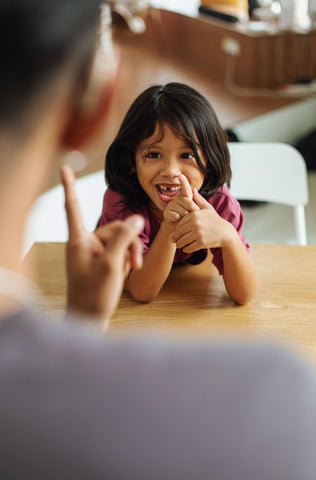
I am also here to tell you that it won’t be always easy! I myself have struggled teaching my children another language and felt ashamed that I wasn’t doing enough, but something I have realized is that any effort to continue to expose them to another language will make an impact.
You may even struggle picking a language at first and that’s okay too, you’ll get there! It takes planning and creating a routine, but I promise that even though it is hard to get yourself and your child in a groove at first, soon it will become second nature for you both; just remember all the amazing benefits and fun it will give your child–and it can be something that will last them their entire life!
I wish you two the best of luck on your journey and are cheering for you on your new road of your child being bilingual! You both got this!
We would love to hear any experiences you’ve had with your child knowing two languages below or simply share with us what other languages your families know!
